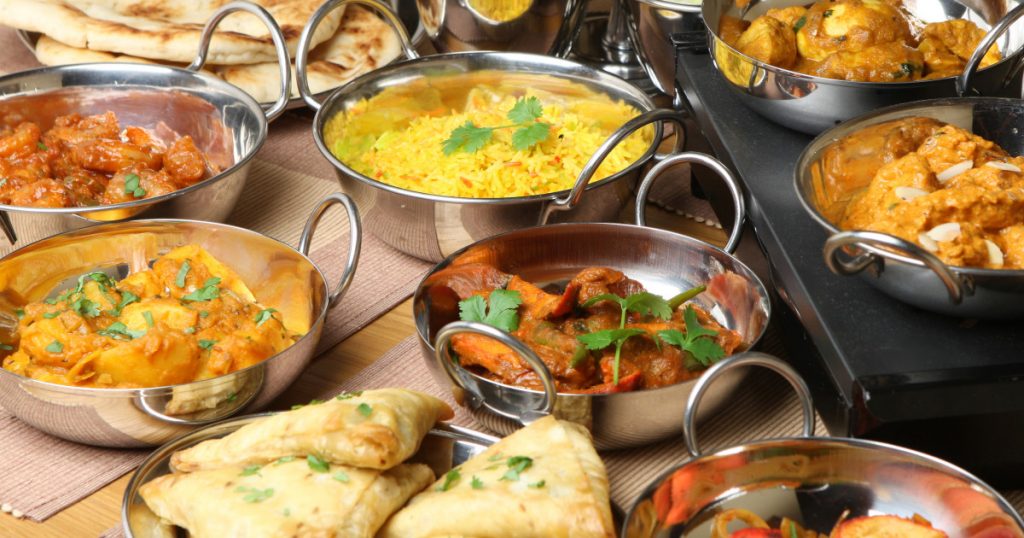Stop Calling All South Asian Food “Curry”
JoeGough/Getty
Looking for news you can trust?Subscribe to our free newsletters.
For many, the word “curry” conjures up the image of an Indian takeout restaurant. But in his book, Curry: Eating, Reading, and Race, Canadian author Naben Ruthnum asks that we challenge our perceptions of the dish.
According to Ruthnum, a guest on the latest episode of the Mother Jones food politics podcast Bite, “curry” tends to refer to South Asian dishes in general, flattening an entire network of communities to a single region.
So Ruthnam, also a cultural critic, has named a genre of literature after this perception of desi cuisine: The “currybook,” he explains, is often memoiresque in style, and repeats nostalgic tropes of a distant homeland, a disconnect between Western culture and South Asian culture, and a generational divide. Ruthnum says currybooks are what publishers typically want and expect, but to South Asian writers, they can sometimes feel cliché and limiting.
The story of how “curry” became shorthand for all of South Asian cuisine is more complicated: It includes trade, travel, cultural melding, colonialism, and displacement. “I think the actual story of curry is an authentic one,” says Naben. “But it tends not to be the authentic story that people are looking for.”
Authentic to Ruthnum’s own history is his mother’s Madras Prawn Curry, shared below. In this recipe, Ruthnum finds no mystical, distant connection to an imagined “motherland,” but does find some Christmas memories and flexible, away-from-home adaptations.
Ingredients:





